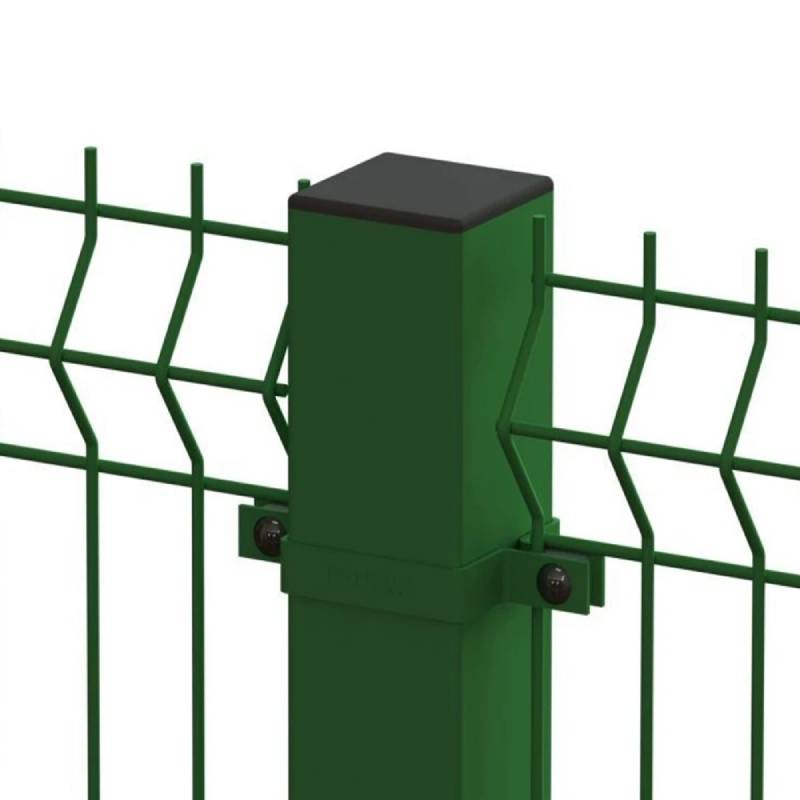Choosing the Right Nails for Cedar Siding Installation and Maintenance
The Importance of Choosing the Right Nails for Cedar Siding
Cedar siding is a popular choice among homeowners and builders due to its natural beauty, durability, and resistance to decay. However, the effectiveness and longevity of your cedar siding installation heavily depend on the type of nails used. Choosing the right nails is crucial in ensuring that your siding performs well over time, particularly in terms of weather resistance and structural integrity. In this article, we will discuss the types of nails suitable for cedar siding, factors to consider when selecting nails, and best practices for installation.
Types of Nails for Cedar Siding
1. Galvanized Nails One of the most recommended options for attaching cedar siding is galvanized nails. These nails are coated with a layer of zinc to prevent rust and corrosion, making them ideal for outdoor use where exposure to moisture is a concern. Galvanized nails come in various sizes and types, including smooth, ringed, and spiral, each providing different levels of holding power.
2. Stainless Steel Nails For coastal areas or regions with highly corrosive conditions, stainless steel nails are the best choice. They are highly resistant to rust and corrosion and provide a strong hold for cedar siding. While they tend to be more expensive than galvanized nails, their longevity often justifies the investment.
3. Cedar-Specific Nails Some manufacturers produce nails specifically designed for cedar siding installation. These nails often have features like a specialized coating to enhance weather resistance and provide better holding power. When using cedar-specific nails, refer to the manufacturer’s guidelines for the best results.
4. Ringed or Spiral Nails These types of nails provide enhanced holding power compared to smooth nails. The ridges or spirals on the nails grip the wood more effectively, which is essential for maintaining the integrity of your siding over time. This added grip helps prevent the nails from loosening due to the natural expansion and contraction of cedar with changes in humidity.
Factors to Consider When Choosing Nails
1. Material As discussed, the material of the nail is one of the most critical factors. Galvanized or stainless steel are usually the best options for resisting corrosion and ensuring a long-lasting installation.
nails for cedar siding

2. Size The length and diameter of the nails are crucial for proper attachment. Generally, 1.5 to 2.5-inch nails are suitable for cedar siding, depending on the thickness of the material. It's essential to choose a nail length long enough to penetrate the underlying structure securely while preventing splitting of the cedar.
3. Nail Type Depending on the specific application and the design of the siding, different nail types may be appropriate. For instance, ringed or spiral nails are often preferred for their holding ability, especially in high-wind areas.
4. Installation Method The installation method will also influence your nail choice. If you’re using a pneumatic nail gun, ensure the nails are compatible and that the gun's pressure settings match the requirements for cedar siding.
Best Practices for Installation
1. Pre-Drilling To prevent splitting, particularly in thinner or narrower pieces of cedar siding, consider pre-drilling holes before nailing. This practice is especially useful when using larger diameter nails or when working close to the ends of boards.
2. Spacing Proper spacing between nails is important for allowing for the natural movement of cedar. Typically, nails should be spaced 16 to 24 inches apart, but this can vary depending on the siding profile and local building codes.
3. Placement Position nails at the top of the board, spacing them evenly to prevent the boards from warping or loosening over time. Make sure that the nails are not over-driven, as this can lead to damage to the wood.
4. Regular Maintenance Over time, inspect your cedar siding and fasteners for signs of wear or corrosion. Regular maintenance can help catch any issues early, prolonging the life of your siding.
In conclusion, the choice of nails for cedar siding is not one to be taken lightly. By selecting the appropriate materials, sizes, and types, and by following best practices during installation, you can ensure that your cedar siding remains beautiful and structurally sound for many years. Whether you are a DIY enthusiast or hiring a professional, understanding the significance of the right nails will help you achieve a successful siding project.
-
Space-Saving Chain Fence Hacks Vertical Gardening with Cyclone MeshNewsJul.16,2025
-
Innovations in Iron Nail Wire Production for Modern ConstructionNewsJul.16,2025
-
Creative Uses of Wire Netting Fence in Modern Landscape DesignNewsJul.16,2025
-
Barbed Wire Fence Innovations in Anti-Climb TechnologyNewsJul.16,2025
-
Architectural Uses of Umbrella Nails for Aesthetic Roof DesignsNewsJul.16,2025
-
Architectural Uses of Razor Barbed Wire in Secure Urban DesignNewsJul.16,2025




